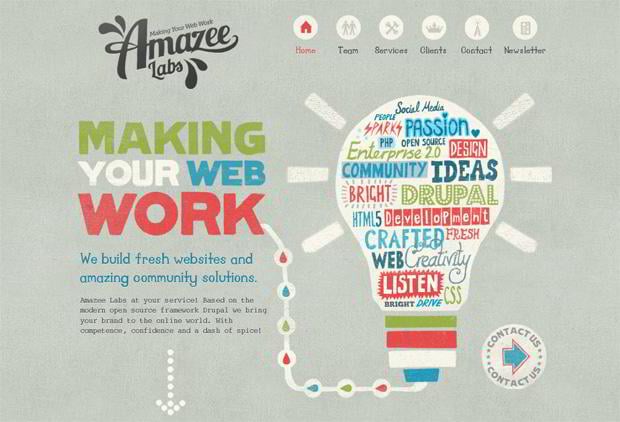The Makeover Of Online Operatings Systems: A Journey With Time
The Makeover Of Online Operatings Systems: A Journey With Time
Blog Article
Team Writer-Collier Dodson
In the past, internet sites were basic and focused on info. Navigation was straight, and style was for desktop computers. Now, customer experience is essential. Data guides designs for simple navigation. Responsive formats suit different devices. Today, dark setting reduces strain, and minimal menus boost navigating. Interactive features involve customers, and strong visuals stick out. https://kylertkbsh.actoblog.com/30458095/mastering-the-art-of-social-media-advertising-idea-for-success . See how design has actually advanced to improve your on the internet journey.
Early Days of Web Design
In the early days of website design, simplicity reigned supreme. Internet sites were standard, with limited colors, typefaces, and layouts. https://mariohgauo.blazingblog.com/29942542/master-the-art-of-drawing-in-nearby-clients-with-regional-seo-techniques-yet-do-not-forget-the-international-reach-potential-of-standard-search-engine-optimization-discover-the-essential-distinctions was on giving information rather than showy visuals. Users accessed the net through slow dial-up links, so rate and performance were essential.
Navigating menus were straightforward, usually situated on top or side of the web page. Sites were developed for desktop computers, as mobile surfing wasn't yet widespread. Content was king, and developers prioritized simple readability over complex layout components.
HTML was the primary coding language utilized, and developers needed to function within its restrictions. Animations and interactive features were marginal compared to today's requirements. Internet sites were static, with little vibrant material or customized individual experiences.
Surge of User-Focused Design
With the evolution of website layout, a shift towards user-focused layout principles has come to be increasingly noticeable. Today, creating sites that prioritize customer experience is essential for involving site visitors and achieving organization objectives. User-focused style involves comprehending the needs, preferences, and behaviors of your target audience to customize the web site's design, web content, and features appropriately.
Designers currently perform detailed study, such as user surveys and use testing, to collect insights and feedback straight from individuals. This data-driven technique assists in creating instinctive navigating, clear calls-to-action, and aesthetically appealing user interfaces that resonate with site visitors. By putting the individual at the center of the layout process, sites can supply an extra individualized and satisfying experience.
Receptive layout has also become a crucial aspect of user-focused layout, making sure that sites are optimized for numerous gadgets and display sizes. This flexibility improves accessibility and functionality, catering to the varied means customers engage with websites today. Fundamentally, the increase of user-focused layout signifies a change towards producing digital experiences that prioritize the demands and assumptions of completion user.
Modern Trends in Website Design
Check out the most up to date fads forming website design today. One famous trend is dark setting design, using a streamlined and modern look while reducing eye strain in low-light atmospheres. Another key trend is minimalist navigating, streamlining menus and improving user experience by focusing on essential elements. Integrating micro-interactions, such as computer animated buttons or scrolling effects, can develop a much more interesting and interactive web site. Receptive style remains crucial, making certain seamless user experiences across different gadgets. Additionally, making use of bold typography and unbalanced layouts can include visual rate of interest and draw attention to certain web content.
Incorporating AI innovation, like chatbots for customer assistance or personalized referrals, improves customer engagement and streamlines procedures. Ease of access has likewise come to be a substantial pattern, with designers prioritizing comprehensive layout practices to cater to varied user demands. Welcoming sustainability by maximizing site efficiency for speed and efficiency is an additional arising fad in web design. Collaborating with individual responses and data analytics to repeat and boost design continuously is necessary for remaining relevant in the ever-evolving electronic landscape. By accepting these modern fads, you can create a visually appealing, straightforward website that reverberates with your target market.
Final thought
As you assess the evolution of internet site design from the early days to currently, you can see how user-focused layout has come to be the driving force behind modern-day fads.
Welcome visit the following webpage of adjustment and adaptation in web design, constantly maintaining the customer experience at the forefront.
Stay current with the latest patterns and innovations, and never quit developing your strategy to produce aesthetically magnificent and user-friendly websites.
Develop, adjust, and develop - the future of web design remains in your hands.
